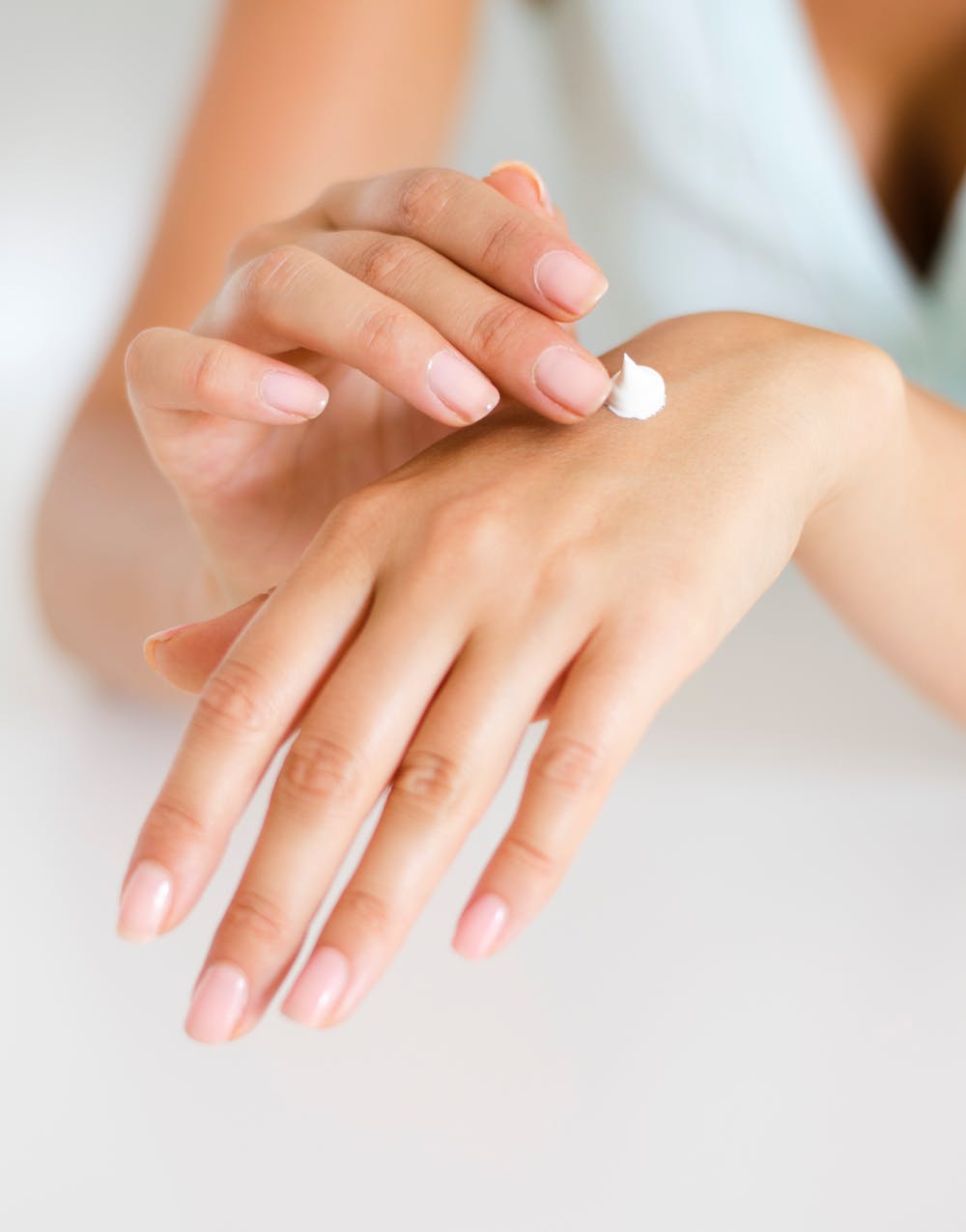Cystic acne can be stressful, painful, and challenging to treat at home. Cystic acne is different from regular acne. Rather than occurring near or on the surface of the skin, cystic acne forms when bacteria gets trapped deep in the pores. This deep-set bacteria causes inflammation, which causes our skin to become red, swollen, and painful. Unfortunately, we still don’t know the exact cause of cystic acne. Some think it’s genetic, some think it’s due to hormones, and others say it’s just back luck. But fortunately, though we don’t know the exact cause of cystic acne, there are a number of highly effective ways to treat cystic acne and the scars it can leave behind. Continue reading to find out the best way to treat cystic acne for you.
Professional Treatment for Cystic Acne
There are several different professional skin treatments that can get to the root cause of cystic acne: infected pores. These treatments can purify the skin deeply, clearing existing acne conditions and helping to prevent new acne from forming.
Acne Facials

Facials are always beneficial for the skin. But there are specialized facials specifically for acne, which can deeply treat this aggravating skin condition.
At our office, we have the Acne Facial, which is designed specifically for acne prone skin. Our Acne Facial includes deep cleansing, exfoliation, steam, extractions, and a blemish control mask containing specialized topical treatments that fight acne.
Acne facials can be used alone or used in combination with acne chemical peels, which we’ll talk about next.
Acne Chemical Peels
Chemical peels can reduce both acne and acne scars. Chemical peels treat the skin deeply, which allows your doctor to deeply purify your pores during a chemical peel. When the pores are deeply cleansed, the bacteria that causes cystic acne is removed, which helps clear acne and stop new acne from forming. Chemical peels also remove old skin and stimulate collagen growth, both of which help your skin look smoother and reduce the appearance of acne scarring.
And while many people think that chemical peels are painful, that’s actually no longer true. Many modern peels, such as the VI Peel we use here at our office, are painless, yet still incredibly effective.
Treating Acne Scars
Many people who have cystic acne also suffer from acne scarring. And anyone who has cystic acne knows that this scarring is just as aggravating as the acne itself, if not even more so.
If you have acne scars from cystic acne, however, there are several excellent ways to treat acne scars. We’ve already mentioned chemical peels in this post, which work for both acne prevention and treating acne scarring. But there are a number of other options for those suffering from acne scars.
Nano-Ray Laser: The Nano-Ray laser is one of the best treatments for acne scarring. It works to remove acne scars by removing damaged skin and allowing new, healthy skin to take its place. This advanced, modern laser is fast (a treatment takes only 10 to 15 minutes) and causes little to no pain for the patient.
Microneedling: Microneedling reduces the appearance of acne scarring through treating the skin deeply with tiny, sanitary needles. These needles can deliver product into the deep skin (where cystic acne forms) and also stimulate collagen production, which reduces the appearance of acne scars.
Fillers: While many people think fillers can only be used for wrinkles or to plump the lips, they’re actually useful for many different applications, including treating acne scars. Fillers can be used to fill deeper acne scars, giving the skin a smoother look. And while all fillers are temporary, there is a longer-lasting filler called Sculptra that can give you results for 3 to 5 years.
Subcision: Subcision is a medical treatment in which a doctor makes a minor cut on the skin, which raises the skin. This can be used to raise depressed acne scars, evening out the look of the skin.
Punch Excision: Punch excision is a treatment that’s mostly used on “ice pick” acne scars, the slim but deep kind of acne scarring. With this treatment, a doctor can remove damaged, scarred skin with a small, sanitary punch tool.
At-Home Treatments: What to Use and What to Avoid
Certain at-home treatments can amplify the benefits of a med spa treatment. Dermatologists commonly recommend using the vitamin A cream Retin A, which increases the rate at which your body sheds dead skin cells. This helps prevent the pores from clogging, which helps prevent cystic acne.

At home, it’s also important to use gentle skin cleansing products and skip harsh products. Many people who have cystic acne have the urge to use harsh exfoliating scrubs or strong toners— but this can actually make cystic acne worse. Harsh products can cause your skin to become even more inflamed and irritated, worsening existing cystic acne. So at home, it’s best to use only gentle skin cleansers, sunscreen, and possibly a vitamin A cream. If you do use a vitamin A cream, remember to never skip sunscreen, as vitamin A creams like Retin A can make the skin more sensitive to the sun.
Which Cystic Acne Treatment is Right For You?
If you aren’t sure which cystic acne treatment may be right for you, make an appointment at the Z Center for Cosmetic Health today for a consultation. At your consultation, Dr. Zadeh will examine your skin and create a treatment plan that would work best for your unique skin.






